Home>Articles>When Using An Articulated Ladder How Should You Access A Roof?
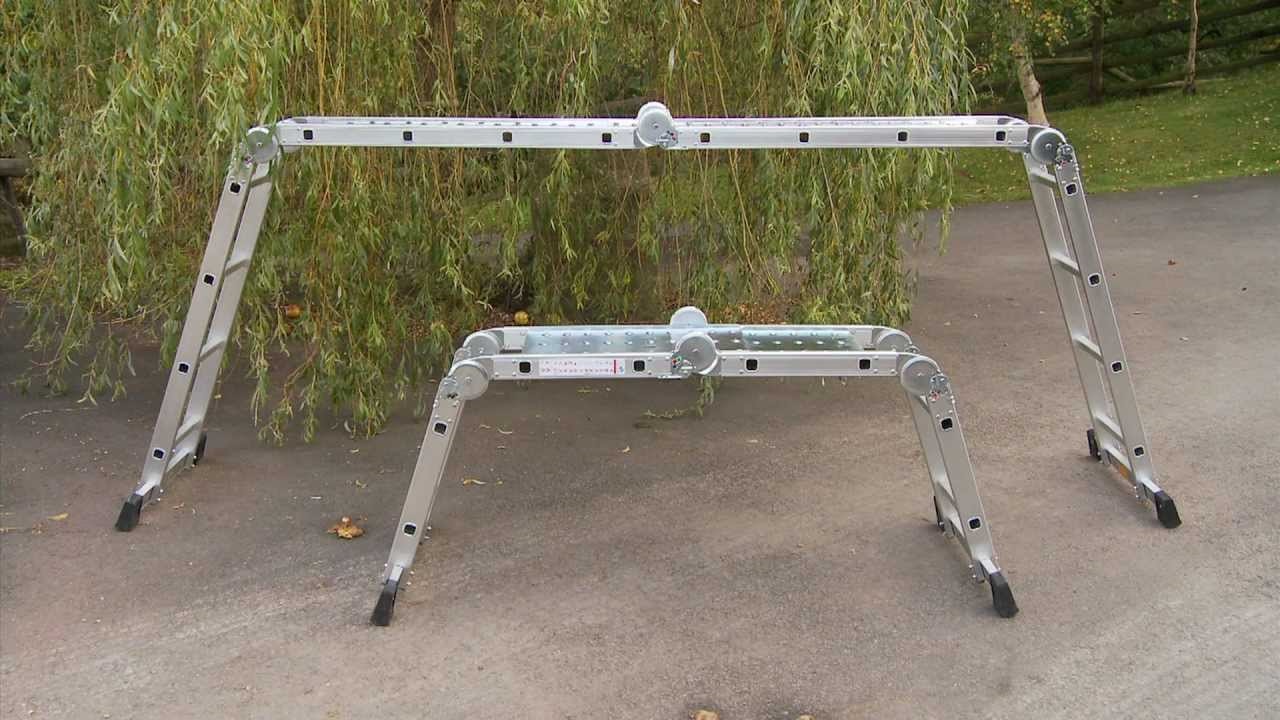

Articles
When Using An Articulated Ladder How Should You Access A Roof?
Modified: August 21, 2024
Learn the best way to access a roof using an articulated ladder. Read our informative articles to ensure safety and convenience.
(Many of the links in this article redirect to a specific reviewed product. Your purchase of these products through affiliate links helps to generate commission for Storables.com, at no extra cost. Learn more)
Introduction
Welcome to our guide on accessing a roof safely when using an articulated ladder. Working on roofs can be challenging and hazardous, but with the right methods and equipment, you can ensure a safe and efficient access.
Articulated ladders are versatile and popular tools for reaching different heights and navigating uneven surfaces. They consist of multiple sections that can be adjusted and locked into various positions, allowing you to customize the ladder’s configuration based on your specific needs.
However, using an articulated ladder to access a roof requires careful planning and execution. In this article, we will discuss the importance of proper access methods, provide a brief overview of articulated ladders, and outline the steps you should follow to access a roof safely.
Whether you are a professional contractor, a DIY enthusiast, or someone who occasionally needs to access their roof, this guide will equip you with the knowledge and techniques necessary to complete the task efficiently and without compromising your safety.
Key Takeaways:
- Prioritize safety, efficiency, and property integrity when accessing a roof with an articulated ladder. Follow proper methods, prepare thoroughly, and execute the climb with caution to ensure a successful and secure ascent.
- Articulated ladders offer versatility and adaptability, but require careful handling. Position, secure, and climb with caution to access the roof safely. Prioritize safety, efficiency, and property preservation throughout the process.
Importance of Proper Access Methods
When it comes to accessing a roof, using the right methods is crucial for several reasons. First and foremost, it ensures your safety. Roofs can be slippery, uneven, and unstable, making it essential to have a secure and stable pathway to reach them. By following proper access methods, you can minimize the risk of accidents, falls, and injuries.
Additionally, proper access methods help protect the integrity of the roof. Climbing or walking on a roof without a designated access point or using improper techniques can lead to damage, such as cracked shingles, weakened structural integrity, or even water leakage. By using the right methods, you can minimize the potential for roof damage and extend its lifespan.
Furthermore, using proper access methods also means respecting the property. If you are accessing someone else’s roof, such as when working on a client’s house or building, it is essential to avoid causing any unnecessary damage or disruption. Proper access methods ensure that you can reach the roof without causing harm to the property or inconveniencing the homeowner.
Lastly, using proper access methods increases efficiency. By having a well-planned and structured pathway, you can save time and effort in reaching the roof. This is especially important for professionals who need to access roofs regularly as part of their job. Efficiency not only enhances productivity but also reduces the overall project timeline and costs.
Overall, by following proper access methods, you prioritize safety, preserve the integrity of the roof, respect the property, and improve efficiency. Now let’s delve into the specifics of accessing a roof with an articulated ladder.
Understanding Articulated Ladders
Before we discuss how to access a roof with an articulated ladder, let’s take a moment to understand what an articulated ladder is and how it works.
An articulated ladder is a unique type of ladder that consists of several sections, or segments, which are connected by hinges. These hinges allow the ladder to be adjusted and locked into various positions, providing flexibility and versatility in terms of height and shape.
Articulated ladders typically have a telescoping design, meaning that each segment can slide within the neighboring one, allowing for easy storage and transportation. When extended, the ladder can reach great heights, making it an ideal choice for accessing roofs or other elevated surfaces.
One of the main advantages of an articulated ladder is its ability to transform into different configurations. It can be adjusted to function as a straight ladder, an extension ladder, a scaffolding system, or even an A-frame ladder. This adaptability makes articulated ladders suitable for a wide range of tasks and environments.
When using an articulated ladder, it is important to ensure that the hinges are properly locked in place before climbing. This will provide stability and prevent the ladder from collapsing or shifting while in use. Additionally, it is crucial to inspect the ladder for any signs of damage or wear, such as bent rungs or loose hinges, and refrain from using it if any issues are detected.
Now that we have a basic understanding of articulated ladders, let’s move on to the steps you should follow to access a roof safely using this type of ladder.
When using an articulated ladder to access a roof, make sure the ladder is fully extended and locked into place. Always maintain three points of contact while climbing and never lean the ladder against the gutters or unsupported areas of the roof.
Preparing for Roof Access
Before you begin accessing a roof with an articulated ladder, it is important to properly prepare for the task. Taking the time to prepare and gather the necessary equipment will ensure a smoother and safer process. Here are some steps you should follow:
- Assess the condition of the roof: Before accessing the roof, inspect it for any potential hazards or damage. Look for loose shingles, weak spots, or any signs of instability. It is important to address any issues before climbing onto the roof to avoid accidents or further damage.
- Check the weather conditions: Ensure that the weather is suitable for roof access. Avoid working on the roof during rainy, windy, or icy conditions, as this can make the surface slippery and dangerous. It is important to prioritize your safety and wait for favorable weather conditions.
- Wear proper safety gear: Before accessing the roof, make sure to wear the appropriate safety gear. This may include a hard hat to protect your head from falling debris, slip-resistant footwear to maintain traction, and safety goggles to shield your eyes. Additionally, consider using a harness and safety line for added protection while on the roof.
- Gather the necessary tools: Depending on the purpose of accessing the roof, gather any tools or equipment you may need. This could include a tape measure, level, hammer, screwdriver, or any other tools required for your specific task. Having everything on hand will save you time and effort once you are on the roof.
- Ensure a clear pathway: Clear any obstacles or debris from the pathway leading to the roof. This will provide a safe and unobstructed access route. Additionally, warn anyone nearby about the ongoing work and restrict access to the area to prevent accidents.
- Secure the bottom of the ladder: Before climbing, make sure to secure the base of the ladder. Place it on a stable and level surface, such as solid ground or a non-slip mat. If necessary, use ladder stabilizers or secure the ladder to prevent it from slipping or shifting during use.
By following these preparation steps, you will ensure a safer and more efficient access to the roof with an articulated ladder. Now, let’s move on to the actual process of accessing the roof.
Steps to Access a Roof Safely with an Articulated Ladder
Accessing a roof with an articulated ladder requires careful execution to maintain safety. Follow these steps to ensure a secure and successful ascent:
- Position the ladder: Carefully position the base of the ladder against the structure of the building, ensuring that it is securely anchored. If necessary, have a partner hold the ladder steady as you climb. Make sure the ladder is at the correct angle of approximately 75 degrees, with the bottom positioned about one-fourth of the ladder’s total length from the base of the structure.
- Extend and lock the ladder sections: Extend the ladder to the desired height by unlocking the sections and pulling them apart. Make sure each section snaps into place and locks securely. Check that all hinges are correctly engaged to ensure stability during the climb.
- Secure the ladder: Use ropes or ladder stabilizers to secure the ladder to the structure, preventing any movement or slippage. This step is especially crucial if you’re accessing a roof with a steep pitch or irregular surface that may cause the ladder to shift.
- Climb with caution: Ascend the ladder slowly and steadily, using three points of contact at all times. This means maintaining two hands and one foot or two feet and one hand in contact with the ladder. Avoid excessive leaning or reaching, as this can compromise the ladder’s stability and increase the risk of a fall.
- Gradually transition to the roof: Once you reach the top of the ladder, approach the roof with caution. Ensure you have a secure grip on the ladder before stepping onto the roof surface. Use your hands to maintain balance and stability during the transition.
- Move around the roof carefully: Practice caution while moving on the roof. Be mindful of any potential hazards, such as loose shingles or uneven surfaces. Take slow, deliberate steps, and avoid sudden movements or jumping. Keep your weight evenly distributed to maintain stability.
- Complete your task and descend safely: Once on the roof, perform your intended task promptly and efficiently. Ensure you have completed all necessary work before starting the descent. When descending, follow the same safety precautions, using three points of contact and maintaining a firm grip on the ladder.
- Securely store the ladder: When finished, retract and secure the ladder properly. Ensure all sections are locked in place and the ladder is stable before moving it or storing it away.
Remember, safety should always be your top priority when accessing a roof using an articulated ladder. Properly following these steps will help you minimize the risk of accidents and ensure a successful and secure climb.
Conclusion
Accessing a roof with an articulated ladder can be a safe and efficient process if done correctly. By understanding the importance of proper access methods, familiarizing yourself with articulated ladders, and following the necessary steps, you can ensure a secure and successful ascent.
Start by assessing the condition of the roof and checking the weather conditions before accessing it. Wear proper safety gear and gather the necessary tools to maximize your efficiency and protect yourself from potential hazards. Clear the pathway and secure the base of the ladder to maintain stability.
When climbing, position the ladder correctly and extend and lock the ladder sections securely. Use ropes or ladder stabilizers to further secure the ladder to the structure. Climb with caution, maintaining three points of contact at all times, and gradually transition onto the roof.
While on the roof, move carefully, avoiding sudden movements and being conscious of potential hazards. Complete your task efficiently before starting your descent. When descending, maintain the same safety precautions, using three points of contact and maintaining a steady grip on the ladder.
Finally, ensure you securely store the ladder once you have finished your work. Retract and lock all sections in place before moving or storing the ladder away.
Remember, safety should always be your top priority when accessing a roof. Following these steps will help you minimize the risk of accidents and ensure a secure and successful climb with your articulated ladder.
By prioritizing safety, using proper access methods, and following the recommended steps, you can confidently access any roof with an articulated ladder, completing your tasks efficiently while protecting yourself and the integrity of the roof.
Frequently Asked Questions about When Using An Articulated Ladder How Should You Access A Roof?
Was this page helpful?
At Storables.com, we guarantee accurate and reliable information. Our content, validated by Expert Board Contributors, is crafted following stringent Editorial Policies. We're committed to providing you with well-researched, expert-backed insights for all your informational needs.
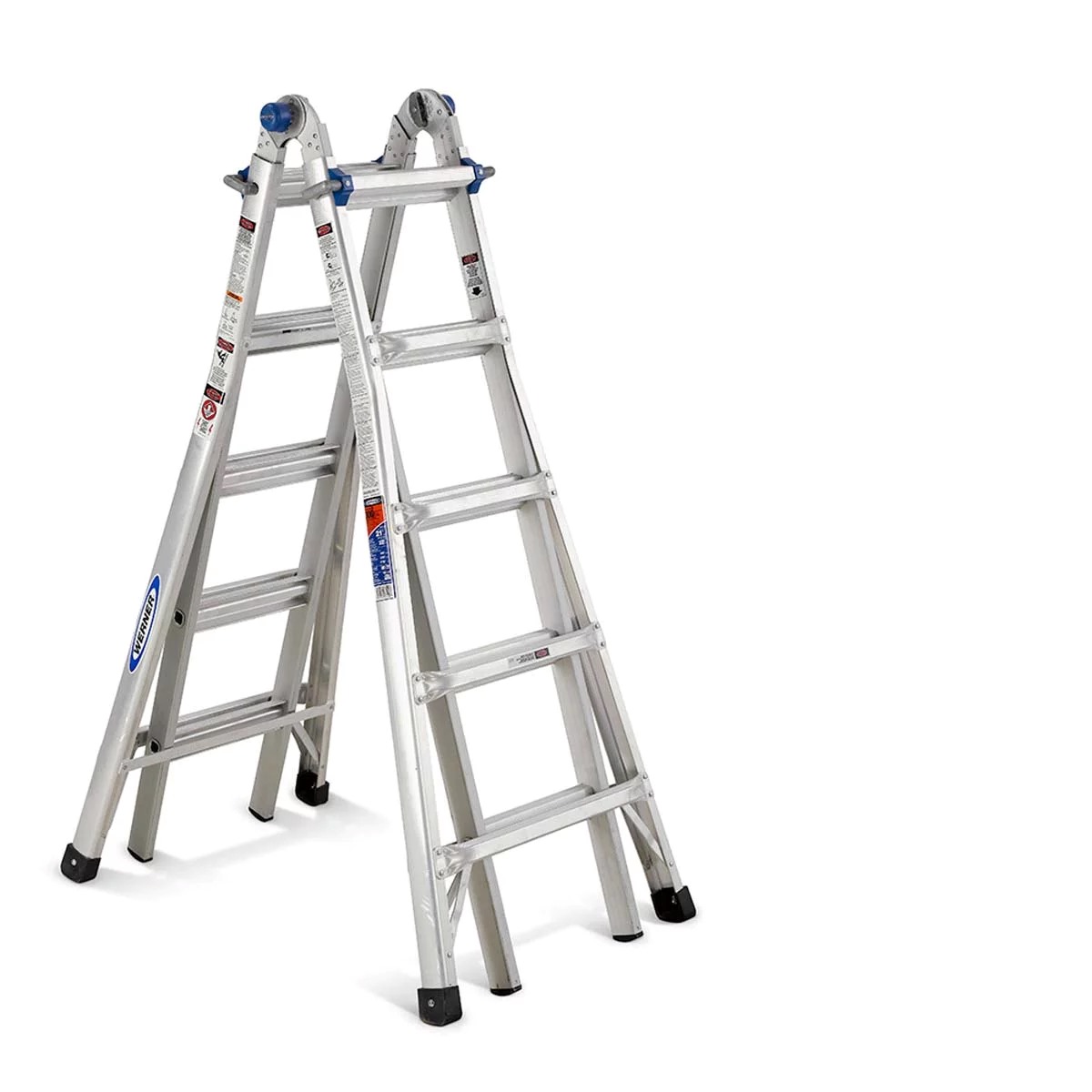
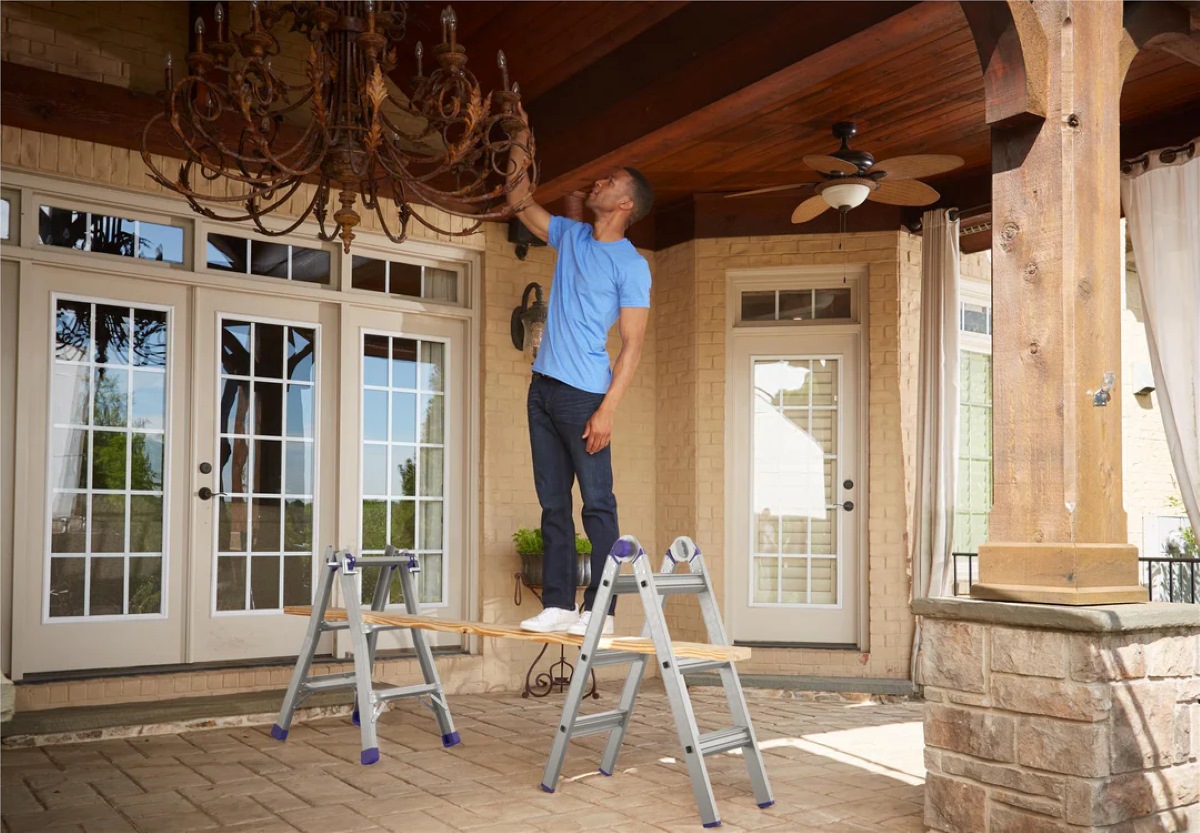
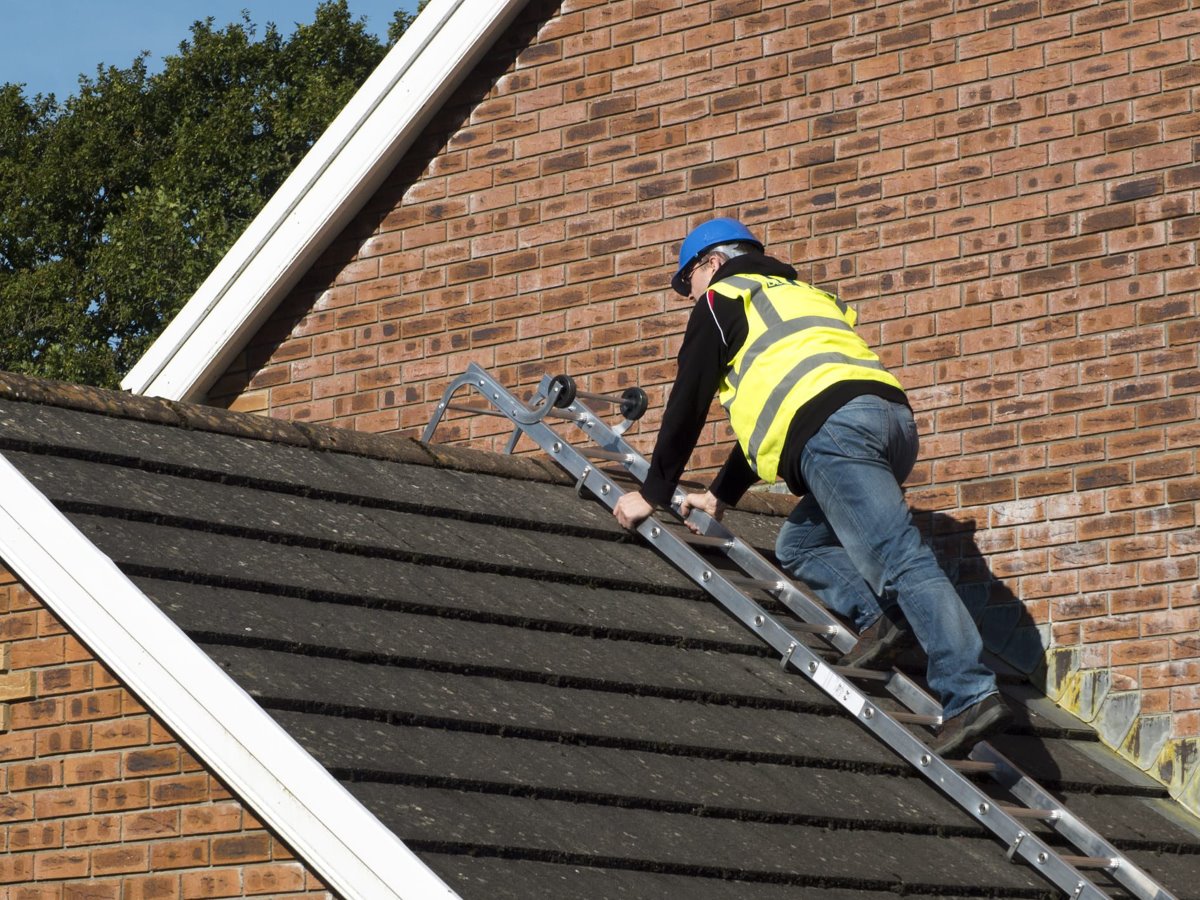
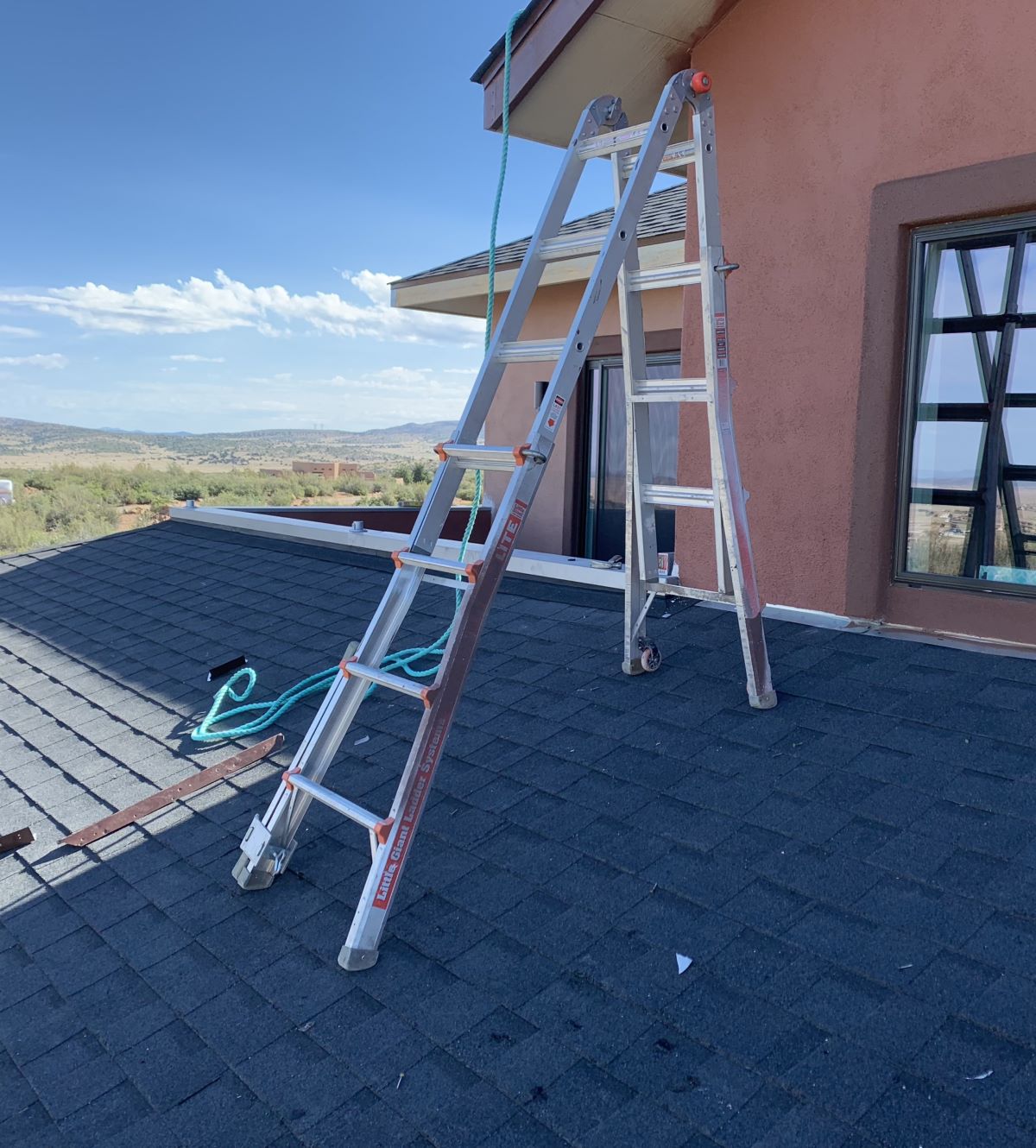
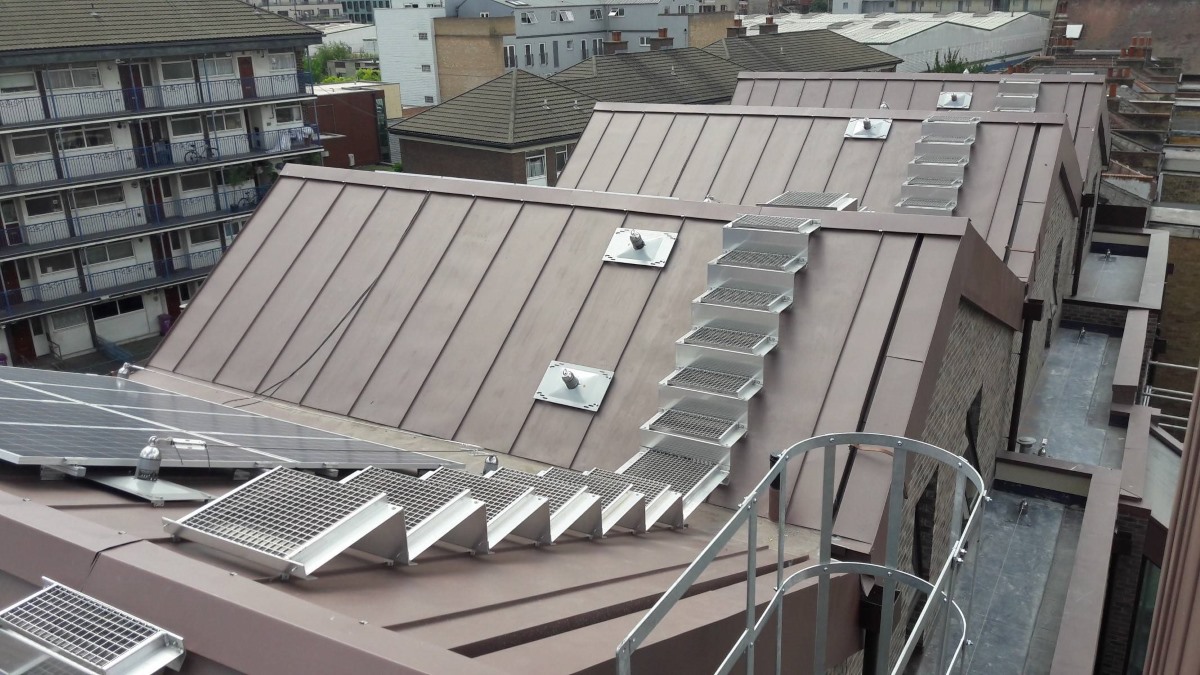
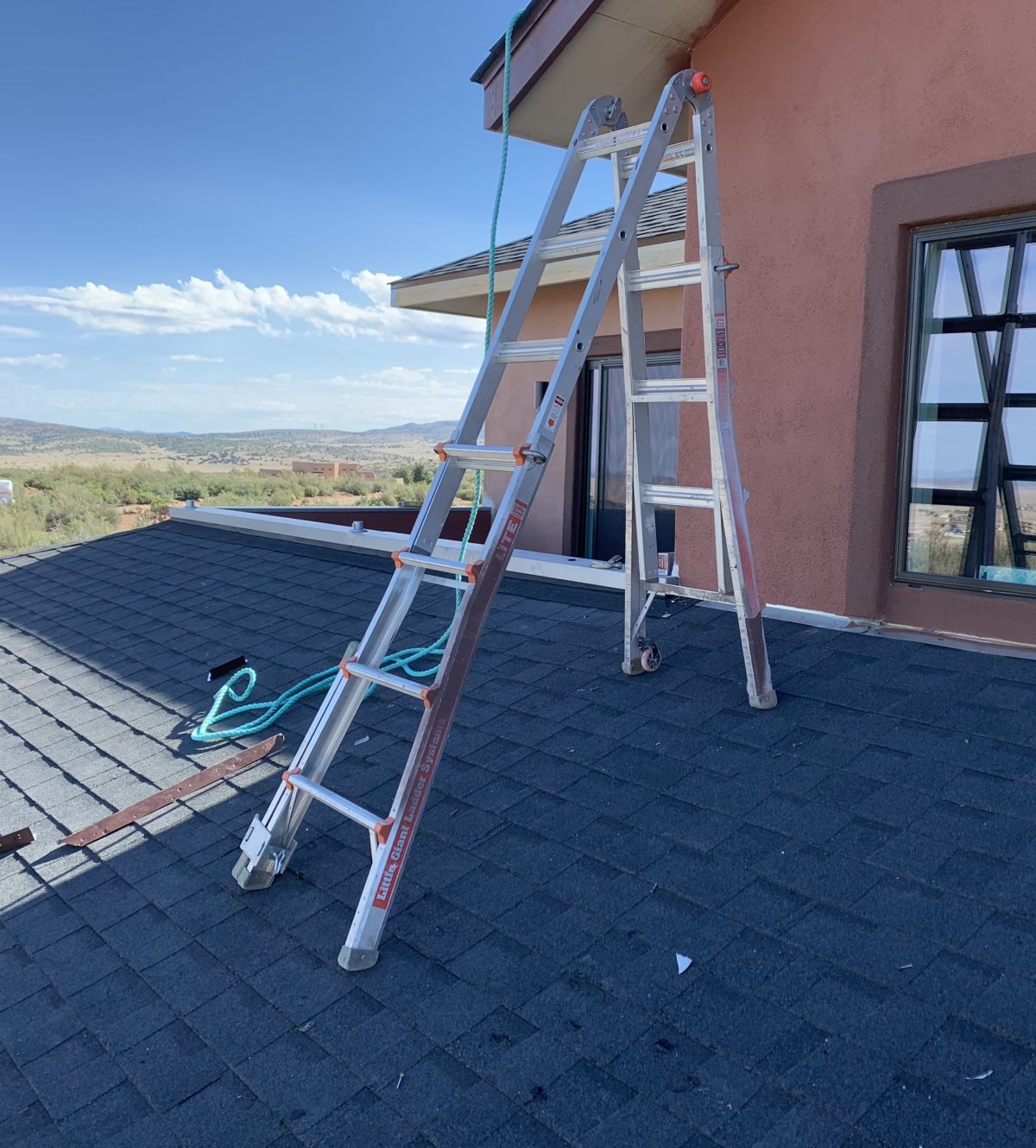
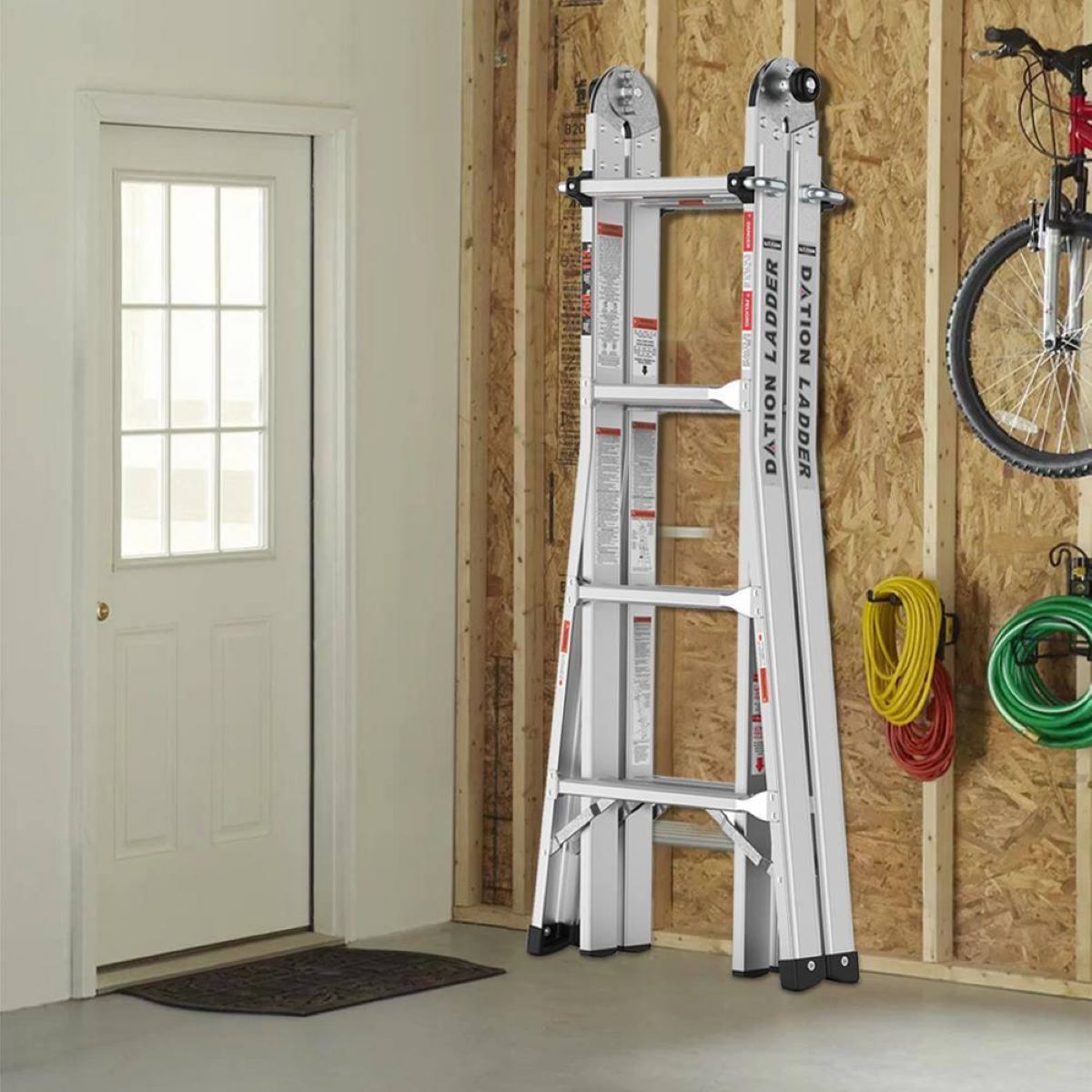

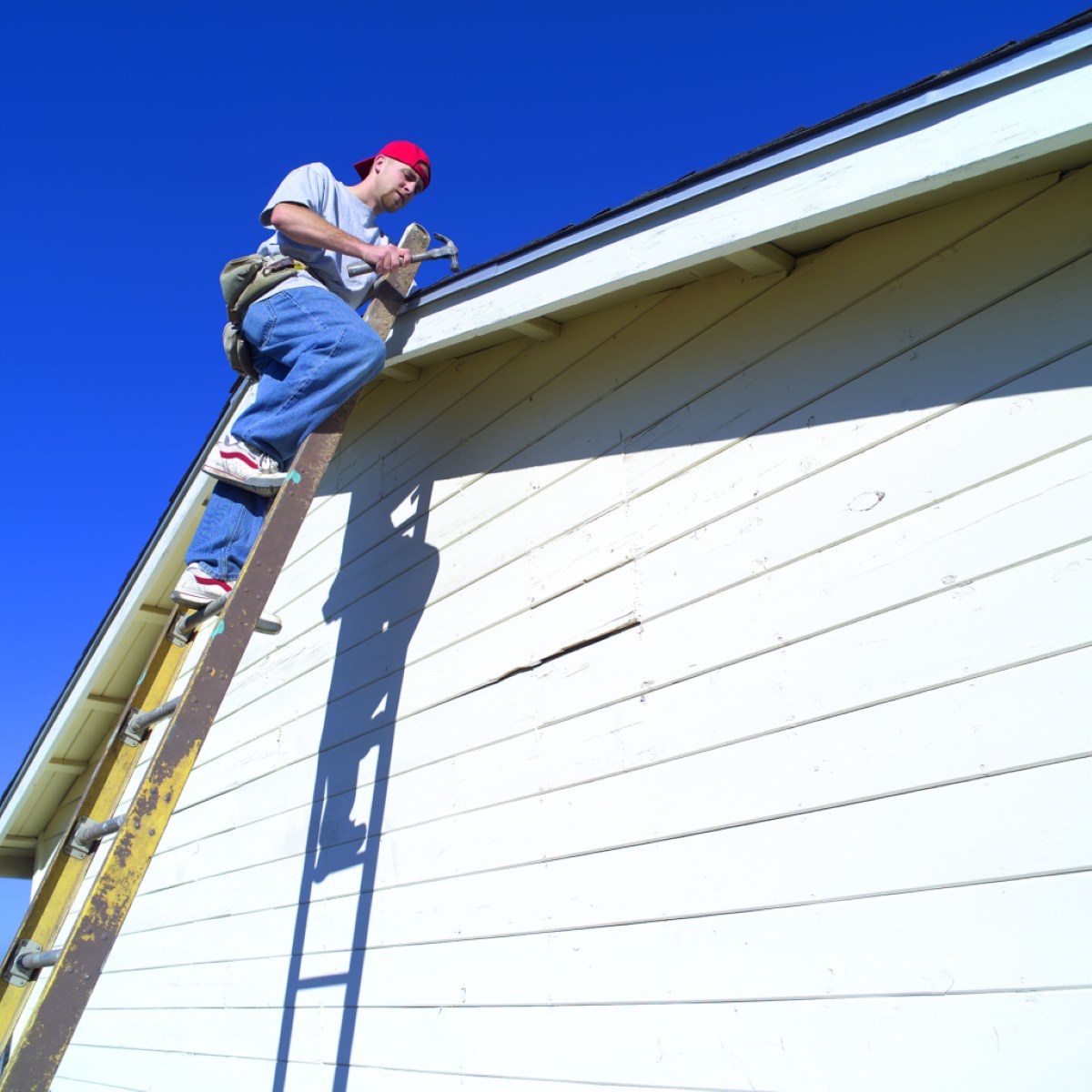
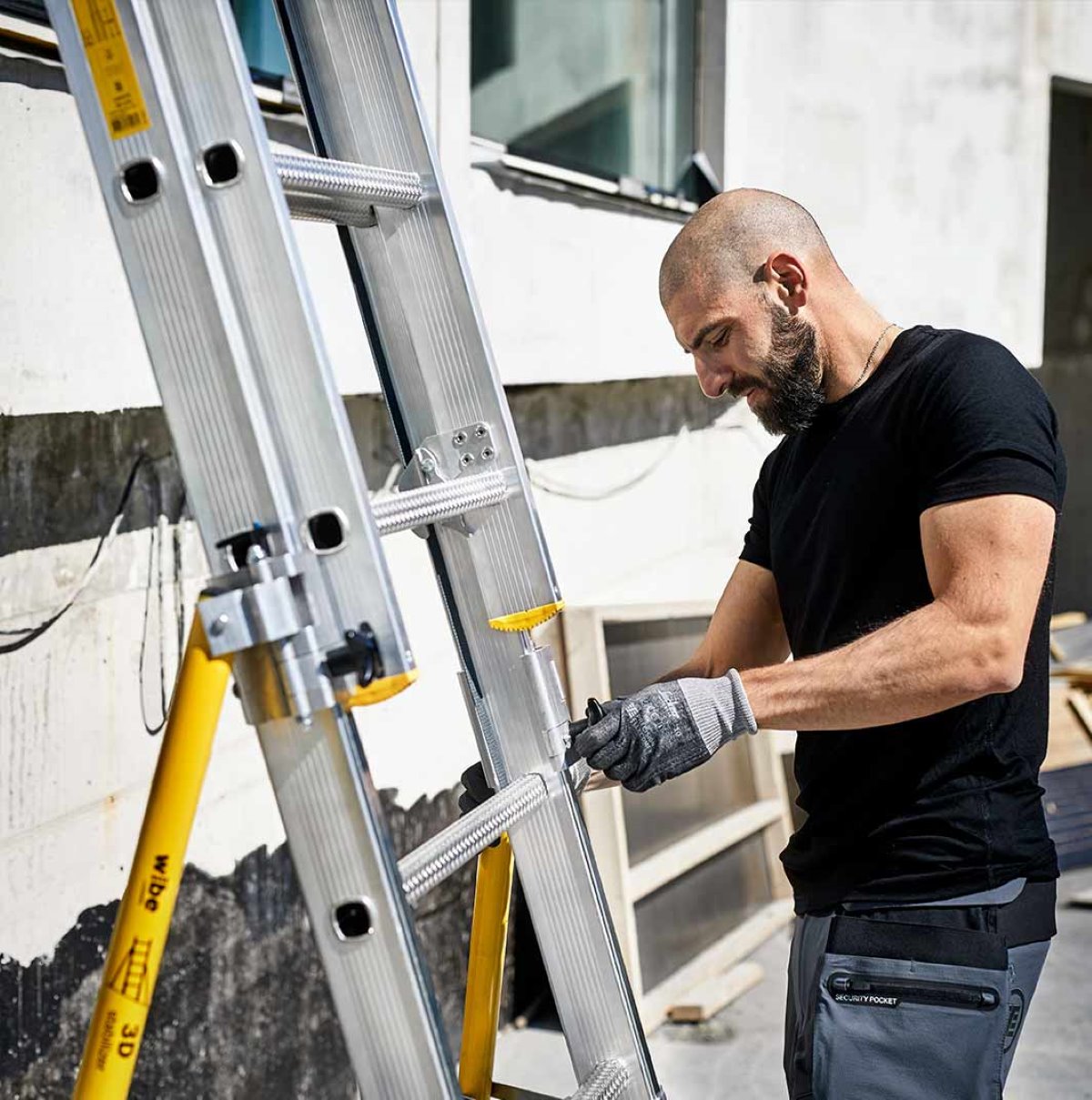

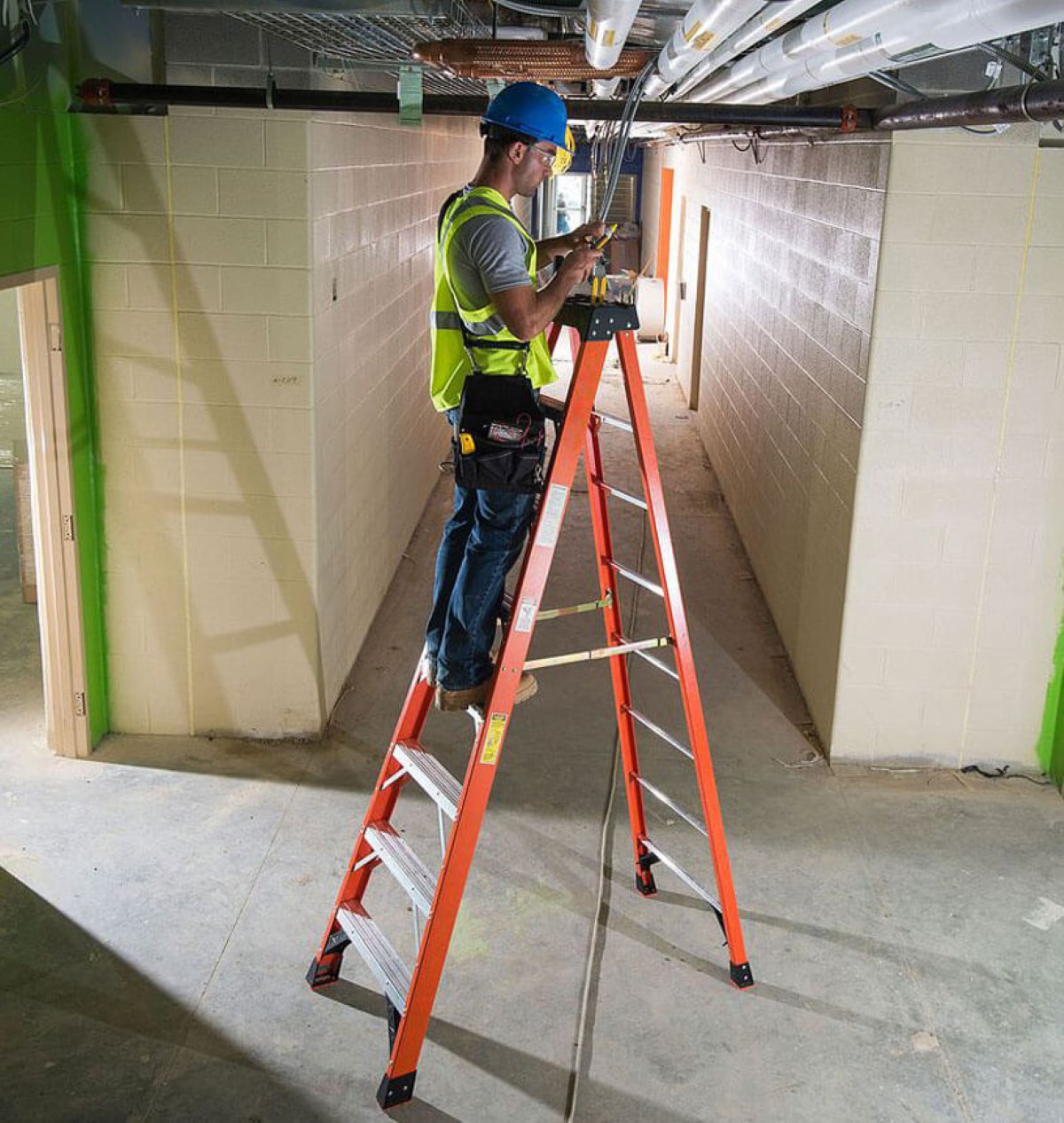
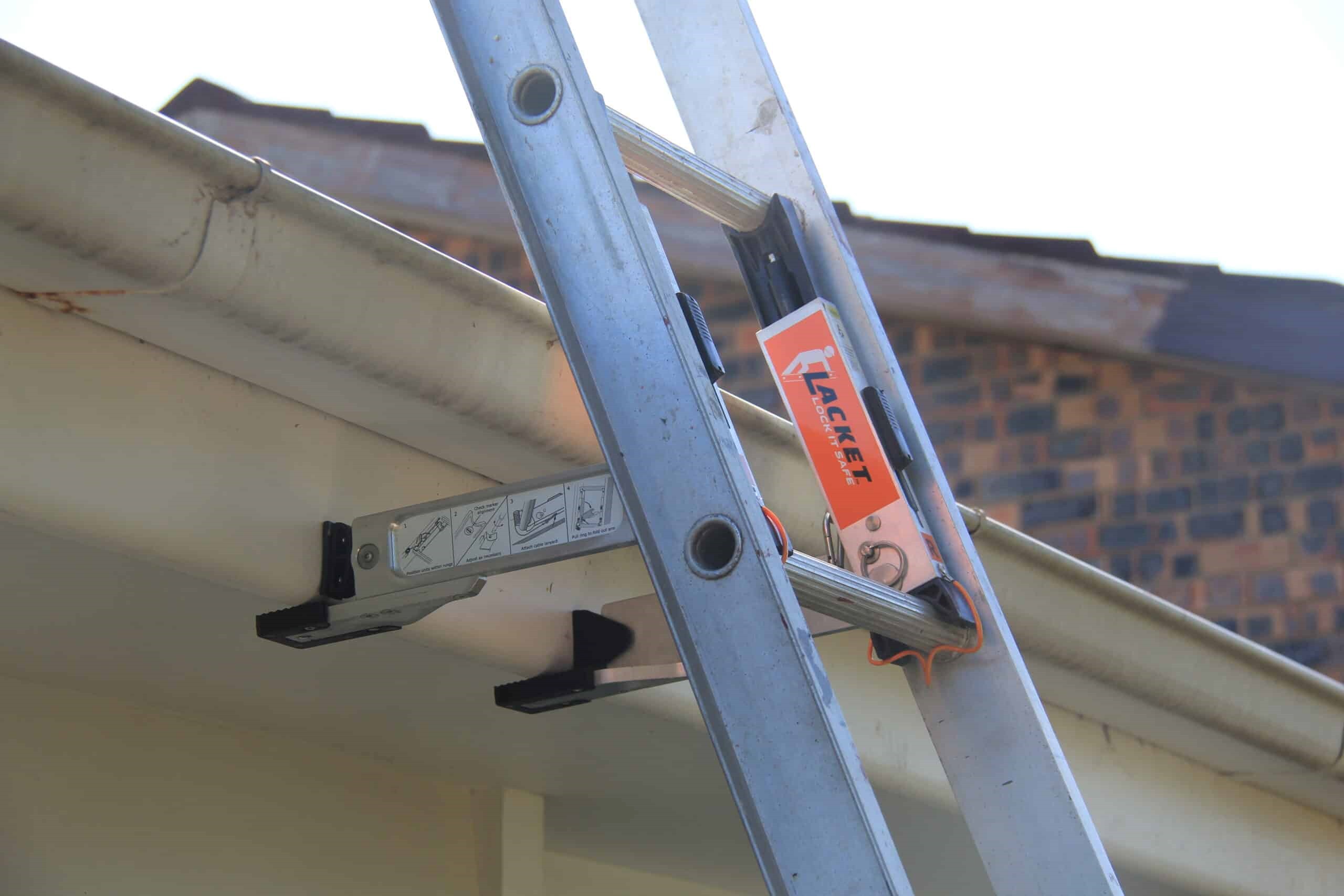
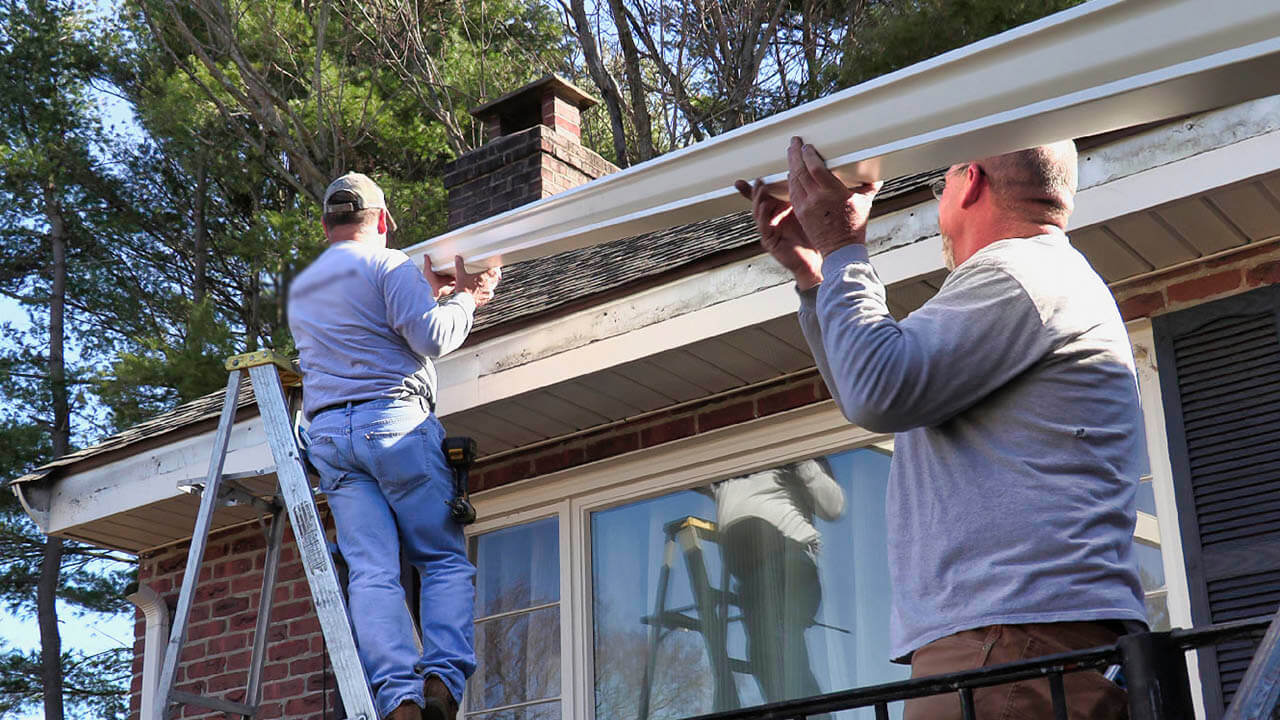

0 thoughts on “When Using An Articulated Ladder How Should You Access A Roof?”